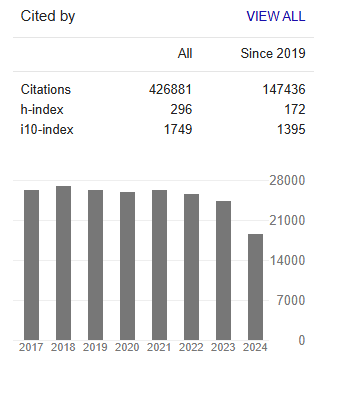A Probabilistic Load Flow Comparison in Distribution Systems by Performing Optimal Capacitors/DERs Sizing and Placement, Simultaneously
Abstract
Mohammad Mahbod Khanbabaee and Bahman Abedi
Due to incremental penetrations in distributed energy resources (DER)s over electrical distribution networks, there has been little quantitative analysis of uncertainty investigation beyond distributed resources performance, owing to the inherent nature of solar irradiation and wind blow, as well as the uncertain electrical demand and electric vehicle charging stations. All in all, uncertainty modeling of distribution network elements is an essential tool for performing probabilistic load flow (PLF) analysis beside understanding the probabilistic behavior of a power distribution network. Furthermore, the installation of DERs and capacitors can result in the enhancement of power factor, voltage profile and line losses reduction in power distribution networks. The sizing and location of DERs and capacitor unit should be optimal to maximize the benefits, hence optimal locating and allocating the capacity of DERs have a complete impact on the system losses in the distribution network. When DERs and capacitors are installed in a distribution system, it could impact three-phase short-circuit currents. Genetic Algorithm (GA) is applied to find the optimal place and size of DERs and capacitors considering the minimum three- phase short-circuit current changes. The probability density functions (PDF) of total system losses and voltage deviation of the investigated network obtained from solving PLF by two methods of Monte Carlo simulation (MCS) and Hong’s two-point estimation method have been compared before and after optimal placement and sizing of distributed energy resources and capacitors. PLF and GA has been applied on IEEE 33-bus radial distribution system. The results obtained illustrate that voltage deviation and total system losses have been reduced while having minor changes in three-phase short-circuit current, finally the two-point estimation (TPM) method offers a time consuming way, having acceptable results.




